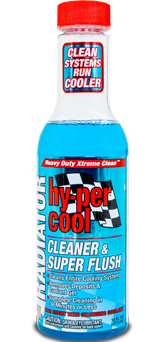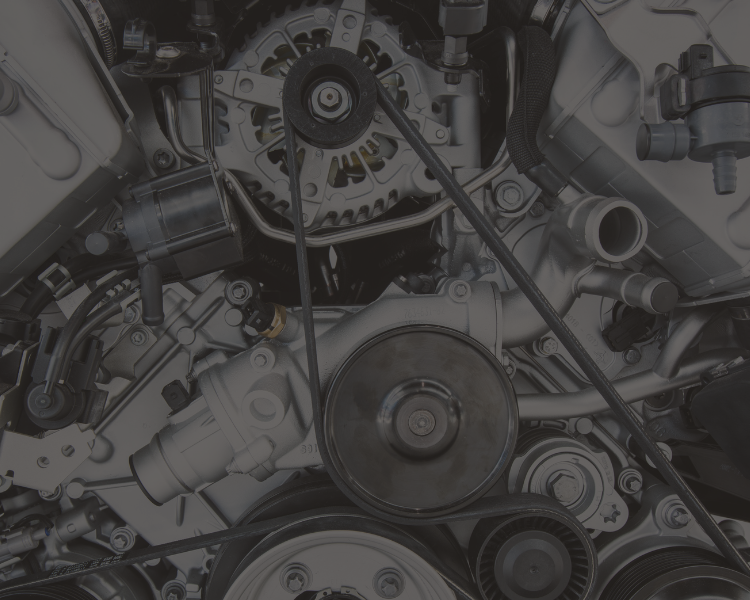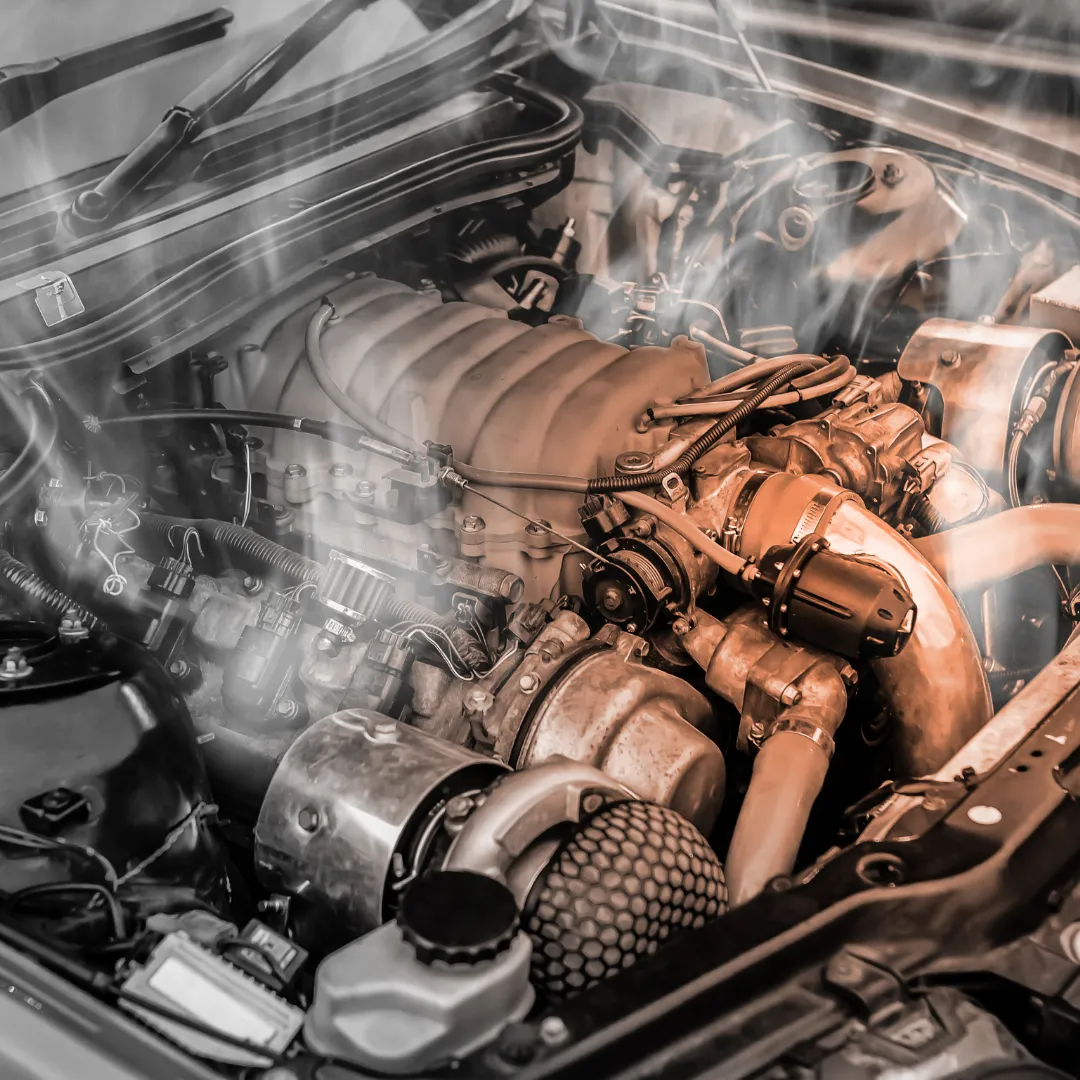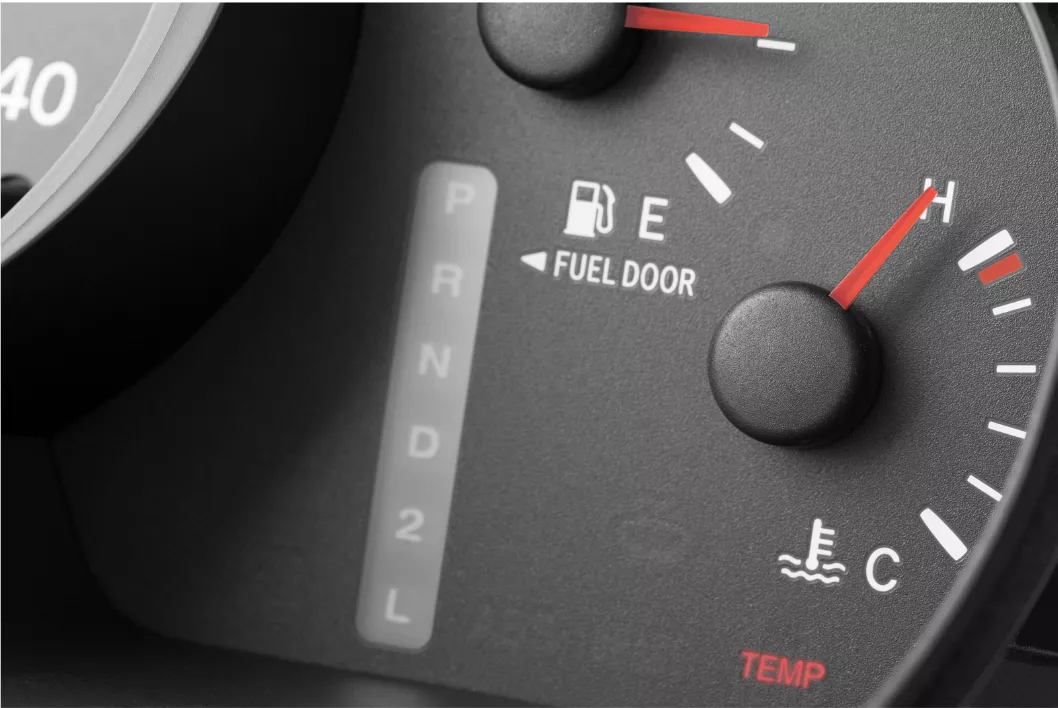The Five Most Common Radiator Problems
Your radiator is one of those parts of your car that you don’t think about much until there is a problem with it. But when it wants to, it usually has no problem getting your attention. The radiator, thermostat and water pump make up your car’s cooling system, and if there’s a problem with it, the extremely high temperatures of your running engine will cause the car to overheat and likely fail. Your engine runs hot — around 200 degrees Fahrenheit — and without something cooling it down, that heat can wreak havoc on the other components under the hood.
The radiator prevents overheating by cooling the fluid that flows around the engine block to dissipates the engine’s heat. When you see smoke coming from the radiator, it is an indicator that the radiator has not been able to do this job and the car is overheating as a result.
For this reason, it’s important to know what some of the more common radiator problems are, how to avoid them and how to fix them to keep your car as healthy as possible.
Leaks
The most common cause of radiator leaks is leaky hoses, but you can have leaks in the radiator itself, too, which can be a bigger problem. The coolant continually running from your radiator to your hot, running engine and back again creates a lot of pressure. That pressure buildup will eventually spell doom for your radiator hoses.
The hoses will either degrade or come loose, allowing coolant to escape the system, which will ultimately lead to overheating. If you see green fluid under your car or near it and you smell something sweet, it’s a sign your radiator is leaking. If your radiator is too corroded, this can cause a leak in the body of your radiator even if the hoses are intact.
Solution: Replace your radiator hoses regularly as part of standard maintenance.
![The Five Most Common Radiator Problems]()

If the outside of your car rusts, you’re sure to notice. But just because you don’t see it, doesn’t mean it’s not happening in your car. When you combine air, metal and liquid, oxidation and rust are bound to occur. All those ingredients are present in your radiator, which means rust is a real threat. If your radiator gets too rusted, it can end up with holes and leak or otherwise malfunction.
If your car is running too hot, check your radiator for rust. It should be easy to see on the outside, but you can also tell if the color of your coolant becomes brownish. If you operate your car in cold weather climates, you should be especially vigilant for rust.
Solution: Do a coolant flush using Hy-per Lube’s Hy-per Cool Radiator Cleaner & Super Flush every 20,000 or 30,000 miles. This product instantly neutralizes acids that cause corrosion. This means it will get rid of existing rust and help prevent new rust from forming on your radiator.
Gunk and Other Obstructions
Another common radiator problem is a buildup of mineral deposits, which is often more commonly referred to as gunk. You know gunk when you see it — it’s a thick, unsightly, goopy substance that seems to exist solely to clog things up. Mineral deposits, by-products, debris and other obstructive buildup in your radiator make it harder for the radiator to flow the proper amount of coolant to the engine. If your car is overheating or getting hot too quickly and you don’t see a rust problem, leaks or detaching of the hoses, check inside the radiator for gunk buildup.
Solution: Once again, a good coolant flush is the answer. Just as flushing the coolant can get rid of rust, it can clear all that gunk out of your system as well. Hy-per Cool Radiator Cleaner & Super Flush cleans the entire coolant system, removes coolant gel and deposits, and helps prevent the formulation of scales & Deposits. Be sure to flush, rather than just drain and replace the coolant, because draining will not get all the gunk out of the system, and you will have to deal with the problem all over again as it contaminates your new coolant.
Bad Water Pump or Thermostat
Remember, your radiator is just one part of an interconnected coolant system, and all of the parts of that system need to be working properly to keep your engine cool. If the thermostat goes down, the system will not know when to release fluid into the radiator, and if the water pump fails, the system will not have the pressure necessary to circulate the coolant. If either of these things happens, the radiator will not work as designed.
Solution: The only solution in these cases is to replace the faulty thermostat or water pump.
Overheating When Idle
An overheated radiator or engine is the typical result of any problem with the cooling system. However, if you find yourself in a situation where the temperature gauge spikes when you are sitting in traffic or idling for any other reason, a common culprit is a failed radiator fan. Another part of your coolant system, especially if you have a modern car, is an electric fan that draws air into the radiator to make sure it stays cool while you are idling or if you are driving at low speed. When this fan breaks, idle overheating is a common effect.
Solution: Unfortunately, once again, replacement is usually your only recourse.
Costs of Radiator Maintenance
Getting a radiator hose replacement usually costs between $150 and $200. A coolant flush can cost anywhere from $35 to around $100, but you can cut that down to just the cost of flush solution and antifreeze by doing it yourself. Getting your thermostat replaced should run you between $200 and $250, while a water pump replacement can be anything from $300 to $750 depending upon how labor-intensive the replacement is. A radiator fan replacement can cost as much as $500 to $750.
To find Hy-per Cool Radiator Cleaner & Super Flush and other chemical additives to clean and protect your car near you, consult our store locator now.




